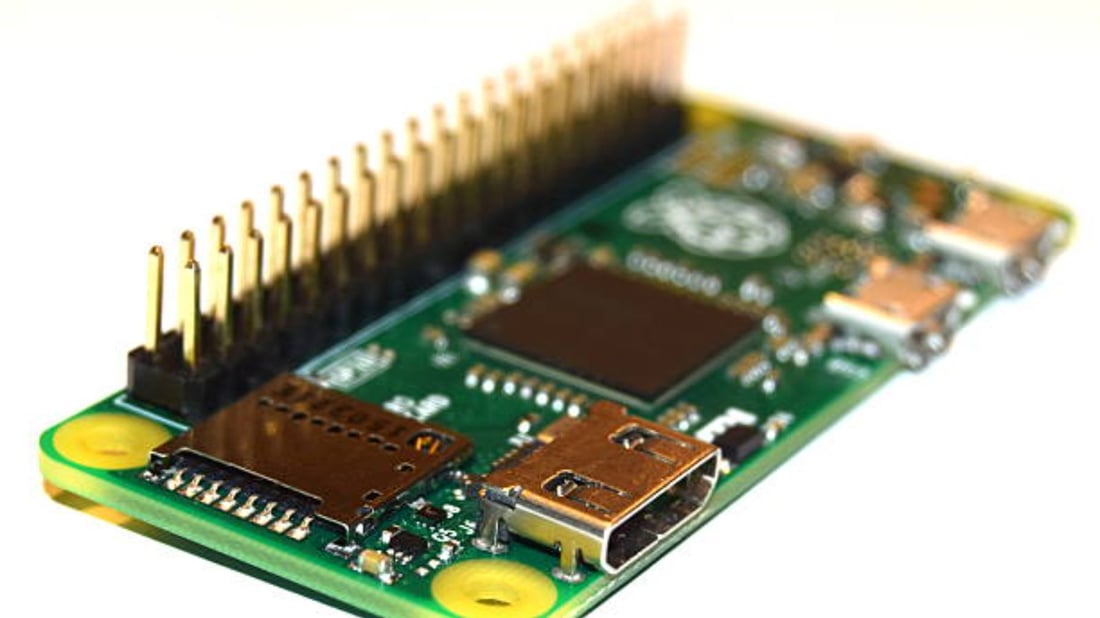Introduction to Heat Sinks
When it comes to dissipating heat from electronic devices, heat sinks play a crucial role. A heat sink is a passive component that absorbs and dissipates heat generated by electronic components, helping to prevent overheating. Choosing the right material for a heat sink is essential to ensure optimal performance and efficiency.
Aluminum Heat Sinks
Aluminum is one of the most commonly used materials for heat sinks due to its excellent thermal conductivity and lightweight properties. Aluminum heat sinks are cost-effective and offer good performance for many applications. They are easy to manufacture and are suitable for a wide range of electronic devices.
Copper Heat Sinks
Copper is another popular choice for heat sink materials, known for its superior thermal conductivity compared to aluminum. Copper heat sinks have better heat dissipation capabilities, making them ideal for high-power applications where efficient cooling is essential. However, copper is heavier and more expensive than aluminum.
Heat Pipes
Heat pipes are another option for heat sink materials, offering enhanced thermal conductivity compared to solid materials like aluminum and copper. Heat pipes consist of a sealed tube with a small amount of liquid that evaporates and condenses to transfer heat efficiently. They are highly effective in dissipating heat from electronic components.
Graphite Heat Sinks
Graphite is a lightweight and efficient heat sink material that offers excellent thermal conductivity. Graphite heat sinks are ideal for applications where weight is a concern, such as in aerospace and automotive industries. They can be machined to precise shapes and sizes, making them versatile for various electronic devices.
Thermoplastics Heat Sinks
Thermoplastics are emerging as a viable heat sink material option due to their lightweight, cost-effective, and customizable properties. Thermoplastic heat sinks can be injection molded into complex shapes, providing designers with more flexibility in heat sink design. They are also electrically insulating, making them safe for use in electrical applications.
Composite Heat Sinks
Composite materials, such as metal matrix composites or ceramic matrix composites, offer a combination of properties that can be tailored to specific heat sink applications. Composite heat sinks can be engineered to have the desired thermal conductivity, mechanical strength, and temperature resistance required for challenging environments.
Phase Change Materials
Phase change materials (PCMs) are another innovative option for heat sink materials, offering latent heat storage capabilities to absorb and release heat during phase transitions. PCMs can effectively regulate temperatures in electronic devices, providing more efficient cooling compared to traditional heat sink materials.
Nanomaterials Heat Sinks
Nanomaterials, such as carbon nanotubes and graphene, have shown promising properties for heat sink applications due to their high thermal conductivity and surface area. Nanomaterial heat sinks can enhance heat transfer efficiency and thermal management in electronic devices, offering potential for future advancements in cooling technology.
Choosing the Best Material
When selecting a material for a heat sink, it is essential to consider factors such as thermal conductivity, weight, cost, manufacturability, and specific application requirements. Each material has its advantages and limitations, so it is crucial to evaluate the trade-offs and choose the best material that meets the needs of the electronic device for efficient heat dissipation.
Quote Inquiry
Contact us!

